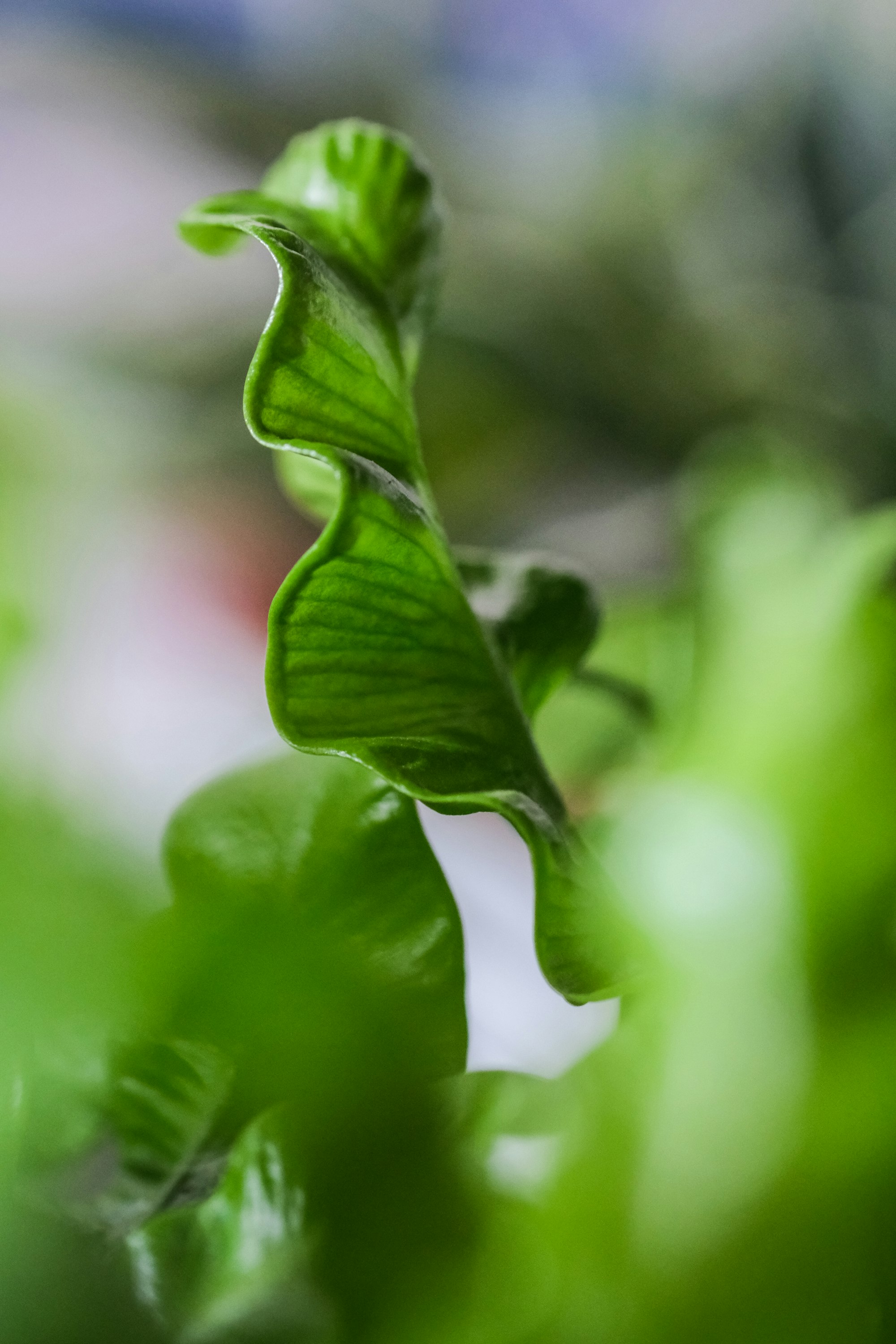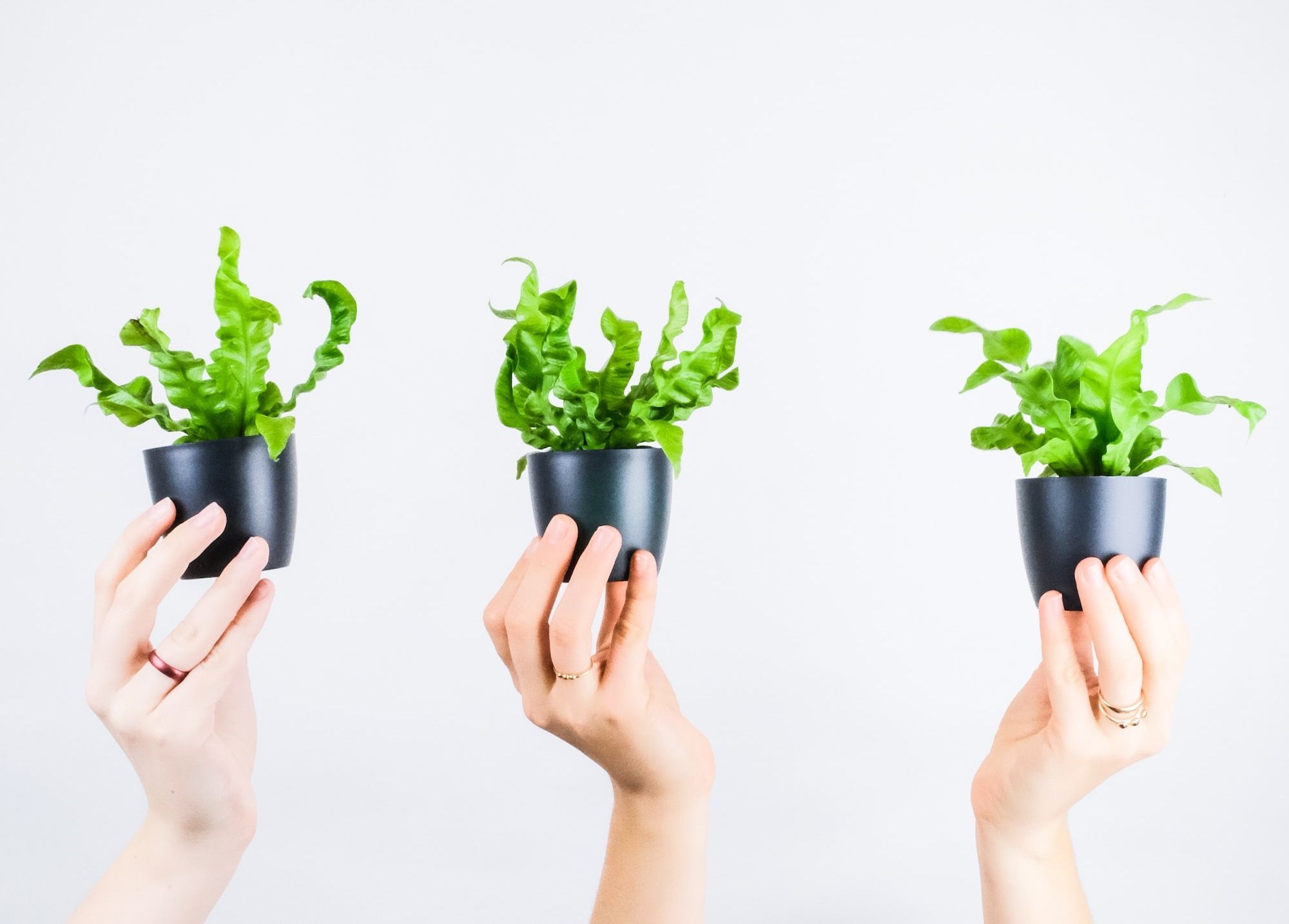How to Grow Bird's Nest Fern
Bird's nest fern is a unique and eye-catching epiphytic fern, ideal for adding lush greenery to your home or garden.

Table of Contents
Known for its leathery, wavy-edged fronds that resemble a bird's nest, this fern thrives in well-draining, rich soil and neutral to slightly acidic pH levels.
As an epiphytic fern, bird's nest ferns naturally grow on other plants or surfaces, allowing them to get the moisture and nutrients they need from their surroundings.
Adaptable and relatively easy to care for, you can grow and maintain a healthy bird's nest fern by providing the right balance of light, moisture, and nutrients.
About Bird's Nest Fern
Bird's Nest Fern (Asplenium nidus) is an epiphytic fern native to rainforest habitats in Asia, Australia, Africa, and the Pacific Islands.
This attractive houseplant is known for its distinctive, crinkly leaves radiating from a central rosette.
As an epiphytic fern, Bird's Nest Ferns naturally grow on other plants, such as tree trunks, without causing damage to their hosts.
They thrive in medium to low indirect light, with leaves becoming more crinkled in brighter light.

Growing Bird's Nest Fern
When planting a bird's nest fern, choose a pot with a drainage hole and fill it with a well-draining soil mix.
Your mix should consist of peat moss, perlite, and organic matter to help retain moisture, and you can top it with mulch for even better water retention.
Select a location with partial shade and filtered sunlight, as too much direct sunlight may harm your fern.
It's ideal for an indoor garden setting, where you can control humidity and temperature more effectively.
Ensure the soil stays consistently moist not saturated to promote healthy growth.

Caring for Bird's Nest Fern
Sun and Temperature
Your Bird's Nest Fern will grow well in medium to bright indirect light.
Keep it near an east- or north-facing window to avoid harsh direct sunlight, which can burn the leaves.
Water and Humidity
Water your fern when the top inch of soil feels dry, ensuring you avoid overwatering.
It thrives in high humidity, so consider using a humidifier or placing it on a pebble tray with water to create a moist microclimate.
Soil
For optimal growth, use loose, well-drained soil rich in organic matter. A mix of perlite and peat moss will help maintain the proper moisture level.
Fertilizer
In spring and summer, fertilize your Bird's Nest Fern with a diluted houseplant fertilizer once a month.
Remember to decrease the frequency in fall and winter when its growth slows.
Repotting
Check for ample drainage holes when you repot your fern.
Choose a pot slightly larger than the current one, and use a well-draining potting mix to facilitate healthy growth.
Pruning and Propagation
Regularly prune dead or damaged fronds to maintain your fern's appearance.
To propagate, carefully divide the plant at its base, ensure new fronds are present in each division, and plant them separately.

Troubleshooting Plant Problems
Growing Problems
Bird's nest ferns grow well in filtered sunlight to partial shade. Avoid exposing them to direct sunlight in the afternoon, as it can burn the leaves.
If you notice yellowing leaves, it could be due to overwatering, sun exposure, or incorrect light conditions.
To resolve this, adjust your watering schedule and ensure your fern is placed in an ideal lighting condition - east or north-facing windows are recommended.
The soil should be loose, rich in organic matter, and have excellent drainage.
Crispy brown edges on the leaves can indicate underwatering, low temperatures, or dry conditions.
To prevent this, maintain an ideal temperature range of 70°F (27°C) to 80°F (21°C) and keep the soil slightly moist.
Pests and Diseases
Two common pests that affect bird's nest ferns are scale insects and mites.
Scale insects feed on foliage and secrete honeydew, which can eventually cause deformation and discoloration of the plant. Mites are attracted to dusty, dry conditions.
To control these pests and diseases, maintain proper humidity, clean your plant regularly, and use insecticidal soap or neem oil for treatment if necessary.

Companion Planting
When selecting companion plants for your bird's nest fern, choose those with similar light and moisture requirements.
This will help ensure a harmonious environment, allowing the fern and its companion plants to thrive.
Some suitable choices include fern allies such as Selaginella and mosses and low-light plants like Pothos and Heart-leaf Philodendron.
Conclusion

Bird's nest ferns are beautiful additions to your indoor garden, excelling as a bathroom plant due to their love for humidity.
These ferns feature bright green, lance-shaped fronds that emerge from a central rosette, mimicking the appearance of a bird's nest.
To provide the best care for your bird's nest fern, ensure it's placed in an area with indirect light, as the fern prefers this to direct sunlight.
Cultivate a well-draining, rich, and humusy soil that is neutral to slightly acidic to support your fern's health and growth.
With careful consideration of these factors, you can enjoy the tranquil beauty of this unique plant in your indoor spaces.
Frequently Asked Questions
What are the light requirements for Bird's Nest Fern?
Bird's Nest Ferns thrive in bright, indirect light. Avoid placing them in direct sunlight, as it can scorch their fronds.
Place your fern near a north or east-facing window for optimal lighting conditions.
How do I care for a Japanese Bird's Nest Fern?
Japanese Bird's Nest Fern (Asplenium antiquum) requires similar care to other Bird's Nest Fern varieties.
Ensure proper lighting conditions and maintain consistent moisture without overwatering.
Keep the fern in a well-draining soil mix and provide adequate humidity to promote healthy growth.
What type of soil is best for Bird's Nest Fern growth?
Bird's Nest Ferns prefer a well-draining soil mix that retains moisture without becoming waterlogged.
A blend of peat moss, perlite, and general-purpose potting soil would suit. Ensure that the top inch of soil dries out before watering to prevent overwatering.
Should I use fertilizer for my Bird's Nest Fern?
Fertilizing Bird's Nest Fern is unnecessary but can promote faster growth and richer foliage.
Use a balanced, water-soluble fertilizer diluted to half strength and apply it monthly during the growing season.
Constantly water the soil before fertilizing to avoid burning the plant's roots.
What level of humidity is ideal for Bird's Nest Fern?
Bird's Nest Ferns prefer high humidity levels, ideally around 50-70%.
Place a humidifier nearby to increase humidity or keep the fern on a tray filled with water and pebbles.
Regular misting can also help maintain the desired humidity.
Can Bird's Nest Fern be grown outdoors?
Yes, Bird's Nest Fern can be grown outdoors in suitable climates. It thrives in USDA hardiness zones 10 and 11, with temperatures between 60-80°F (15-27°C).
Ensure that the fern is placed in a shady location with indirect sunlight and remains protected from frost and temperature fluctuations.



